Citrus Salad with Basil-Coconut Sauce
I always do my food shopping on Saturdays. I go to the farmers market in the early afternoon and buy fresh fruit and vegetables for the week. Unless I have friends coming over for dinner, I almost never plan what I’m going to bring home – I just buy seasonal and fresh produce. Last Saturday, the market stalls were filled with tons of oranges, grapefruit, tangerines and lemons. Being a citrus lover, I couldn’t help but buying some, and on the way back home I even manage to peel and eat a giant orange while at the same time carrying all the bags packed full of fresh produce.
Back at home, I fantasized about baking an old fashioned orange cake with a beautiful orange glaze, but then I just thought that the fruit was so delicious and fresh that throwing it into a cake wasn’t the best way to make it justice.
I remembered years ago seeing Jamie Oliver on a show making a savoury basil sauce to go with a raw tomato salad, and that idea kind of got stuck in my head and ended up being the inspiration for this dish. The combination of flavours might seem unusual but it works incredibly well. I ate the salad as an afternoon snack but it could easily be served as a light dessert. Needless to say, there’s room for adaptations here: you can omit the grapefruit if you want to (subbing it for more orange and tangerine), or you can take a different route, by using pineapple instead of all the citrus (I bet it’s equally delicious).
Citrus Salad with Basil-Coconut Sauce
Serves 2
Note: all the fruit was weighted after being peeled.
For the salad:
185 g / 1 large grape fruit
166 g / 1 large orange
75 g / 2 small tangerines
2 Tablespoons dried coconut
a small handful of goji berries
for the basil-coconut sauce:
18 g / 1 medium bunch basil leaves
4 Tablespoons coconut milk
2 Tablespoons brown rice syrup
In a small skillet over medium-high heat, toast the coconut until it’s fragrant and just beginning to brown.
Cut the orange and grapefruit into 0,5 cm round slices. Split the tangerines into segments and remove the pits (if they have any).
In a blender, combine all the ingredients for the sauce and process until smooth. If it’s too thick, add an extra tablespoon of coconut milk.
Put the sliced fruit in a serving plate and sprinkle with the toasted coconut and goji berries. Drizzle with the sauce and serve immediately.
Pasta with Sun Dried Tomato Sauce
The good thing about this pasta dish, is that you can make the sauce ahead of time, and then all you have to do a couple of minutes before lunchtime, is to cook the pasta and grill the aubergine. It’s a quick and very yummy dish, one of those recipes I make specially when I have guests around, because it’s easy to put together and people generally enjoy it very much.
I’ve done it to death around here, with a few varitions though: for instance, sometimes I use slightly cooked vegetables (such as broccoli and cauliflower), while on other occasions I use grilled ones (onions, aubergines, zucchini). Quite frankly, adding grilled vegetables is what I prefer the most, although that is just for the sake of my personal taste. Regarding the sauce, I think it’s one of those sauces you want to eat by the spoonful: salty and slightly tangy, it can also be a nice addition to savory crêpes or used as a dipping sauce for steamed veggies.
It’s funny that I haven’t thought of this recipe to post to the blog before. These days, I’ve been thinking a lot about when I started cooking vegan food, and the recipes that by then I used to enjoy the most. This one was definitely one of those. Actually, some years ago, I wasn’t that much of a cook. Any recipe that would take more than 10 minutes to be prepared, would most likely be ignored by myself. But on the other hand, I feel that that attitude towards cooking really led me to create some quick and tasty meals, and those are the ones I’m focusing on right now. But before we seriously embrace the everyday vegan cooking topic, I must tell you: there’s going to be a cake showing up here in an upcoming post… ; )
Pasta with Sun Dried Tomato Sauce
(serves 4)
450 grams pasta, such as fusilli or conchiglie (I used the latter)
1 large aubergine
olive oil
salt to taste
fresh basil leaves, for garnish
For the Sun Dried Tomato Sauce:
½ cup (40 grams) dry packed sun dried tomatoes
¼ cup sun dried tomatoes soaking water
¼ cup olive oil
3 tablespoons rice vinegar
3 tablespoons lime juice
90 grams natural unsweetened soy yoghurt
½ teaspoon salt
1. In a small saucepan, bring about 2 cups (500 ml) of water to a boil. Turn off the heat and add the sun dried tomatoes. Cover, and let them re-hydrate for 15 to 20 minutes, or until soft and plump. Drain, and save the water.
2. In a large pan, bring plenty of salted water to a boil and add the pasta. Cook for 8 to 10 minutes or until al dente. Drain and chill under cold running water. Drain again.
3. Heat a large grilling pan over high heat. Slice the aubergine into rings of about 0,7 cm thick, and brush each side of the rings with olive oil. Lay down as many pieces of aubergine as the pan will hold in a single layer, and sprinkle with salt. Cook each side for 5 to 6 minutes, or until the aubergine has good grilling marks and has almost started to blacken.
4. To make the sauce, put all the ingredients in the bowl of a food processor and process until creamy. Have a taste and adjust the seasonings if needed.
5. In a large bowl, combine the pasta, grilled aubergine and sauce. Mix well and serve immediately, garnishing each individual serving with a few leaves of fresh basil.
Seasonal Minestrone
Surprisingly enough, yesterday - with an outside temperature of 35 degrees -, I found myself sneezing and coughing all the time. I knew I was about to get sick, and started craving a comforting soup and toasted bread, no matter how hot was outside and how sweaty I’d get right after eating those foods. I had some seasonal veggies sitting on the fridge that would make for a good pot of soup, and it didn’t take me long to get my hands at preparing them (peeling, slicing and all), although I must confess I was about to give up a few times during the process and go for a nap. I’m usually very determined when it comes to satisfy my cravings, and the idea that, in the end, I’d get a huge pot of soup that would make my lunches and dinners for the rest of the week, worked out as the main motivation factor.
I ended up following (although not stricktly) Jamie Oliver’s recipe for a Spring and Summer Minestrone, that I’ve bookmarked from his book Jamie Does. I adapted the recipe to fit what I had on hand, and I guess that’s the spirit of minestrone anyway – use whatever vegetables are in season and that would go well together for a hearty, filling soup. The original recipe for the pesto calls for Parmesan, but as I don’t do cheese, I’ve just ommited this ingredient and had not problems at all. Just bare in mind Parmeasan is quite salty, so use a good pinch of salt in the pesto to work as a substitute and to balance things out.
Seasonal Minestrone
(serves 6)
200 grams carrots
300 grams zucchini
3 garlic cloves
1 large leek
1 large tomato
a bunch of parsley
2 handfuls watercress
1 cup frozen peas
150 grams short pasta
1 small cabbage
2 liters good tasting stock
salt and pepper
olive oil
for the pesto:
a bunch of basil
60 grams pinenuts
3 tablespoons olive oil
2 small garlic cloves, peeled and thinly sliced
a pinch of salt
1. Start by preparing the carrots and zucchini: slice each vegetable into quarters, and then slice each quarter into cubes of aproximadetely 0,8 to 1 centimeter thick.
2. Then, thinly slice the leek and garlic cloves.
3. Heat your largest pan on medium heat, add a few glugs of olive oil, the leek, garlic, carrots and zucchini. Stir and cook for about 5 minutes.
4. Roughly chop the tomato, parsley, and watercress. Slice the cabbage into halves, remove the hard core, and finely shred each half. Add the veggies to the pan.
4. Now, add the peas, pour in the stock, and bring to a boil. Once boiling, add the pasta and salt and pepper to taste. Lower the heat to low-medium, and let the soup simmer for about 10 minutes, or until the pasta is cooked. Taste and adjust the seasonings if needed.
5. To make the pesto, add the basil, pinenuts, garlic cloves, a pinch of salt and the olive oil to a food processor, and pulse everything for 1 minute, or until the mixture starts coming together into a paste, but isn’t totally smooth. Have a taste and adjust the flavors (adding a bit more of one or another) if needed, bearing in mind you want to find a balance between all the ingredients.
6. Divide the soup among deep plates and top each serving with a good tablespoon of pesto. Drizzle over a little olive oil and add some fresh basil leaves.
recipe inspired by Jamie Does, published by Penguin Books
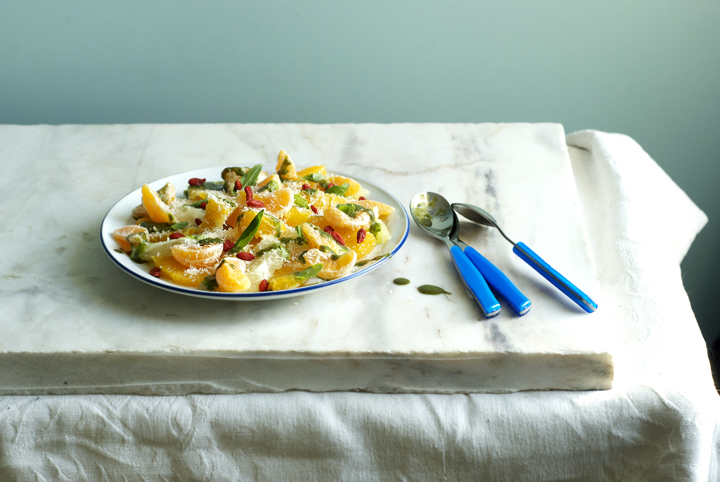
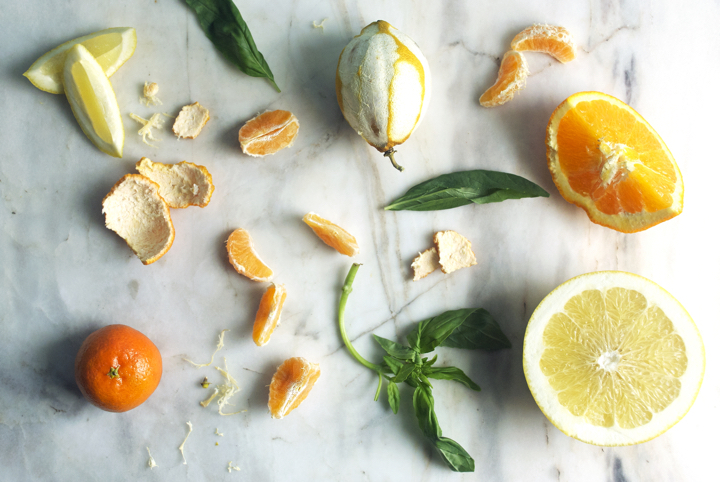
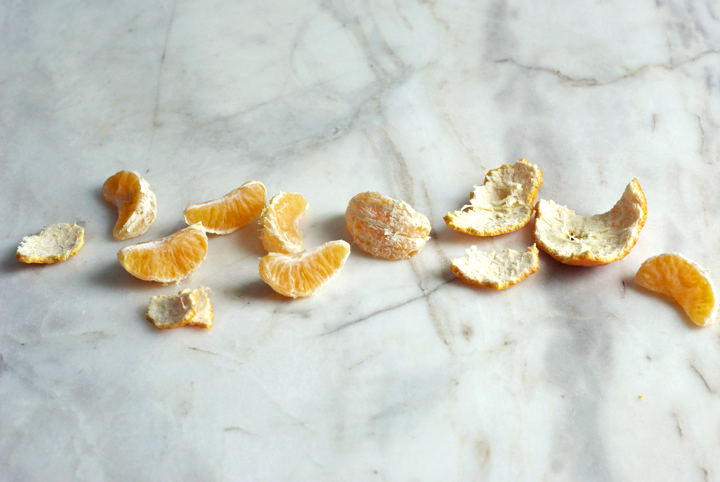
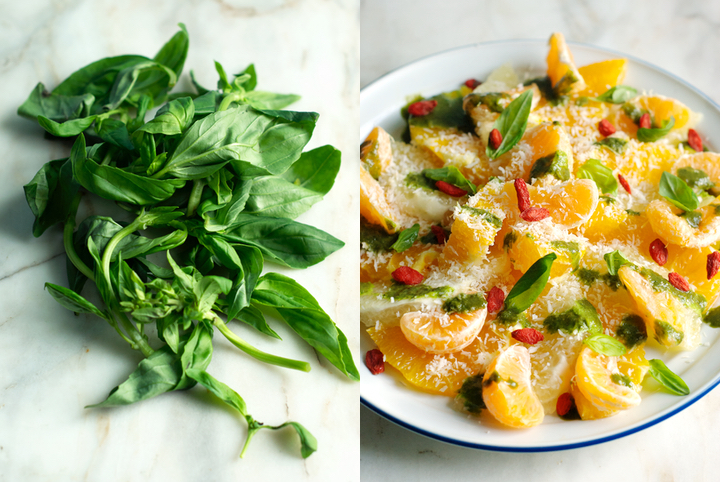
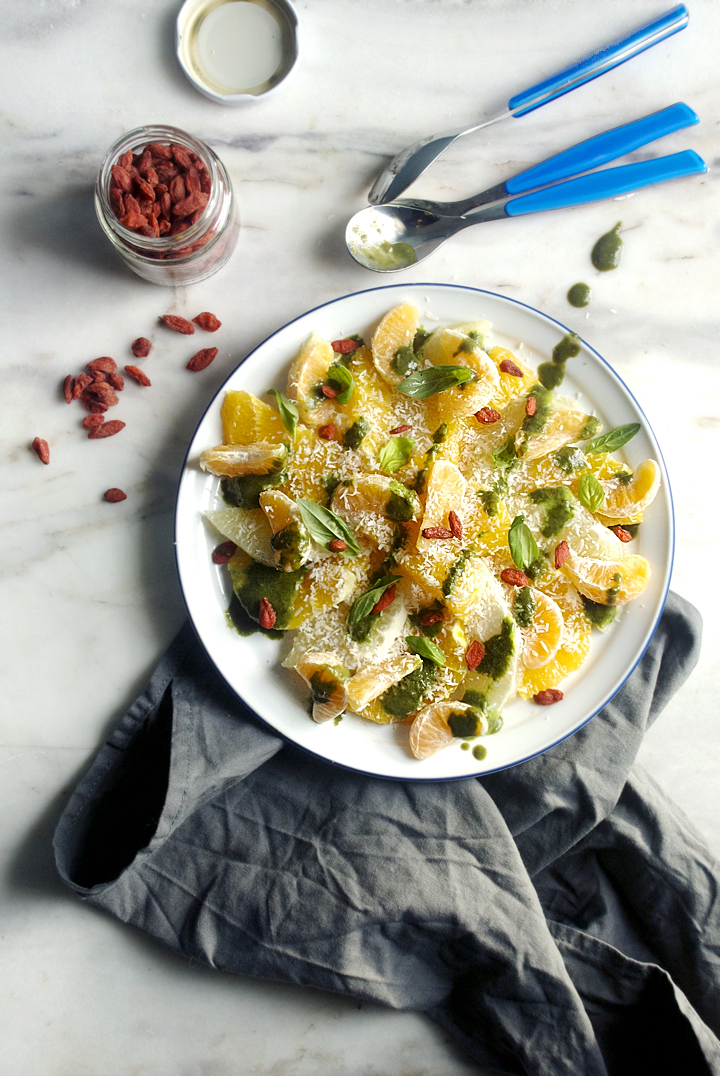
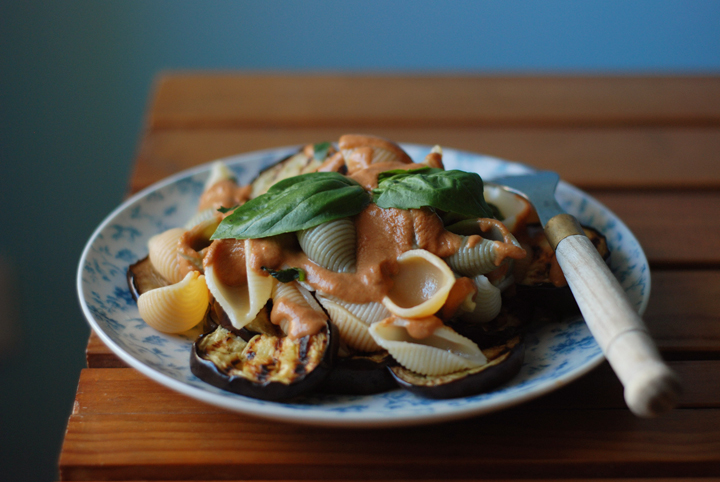

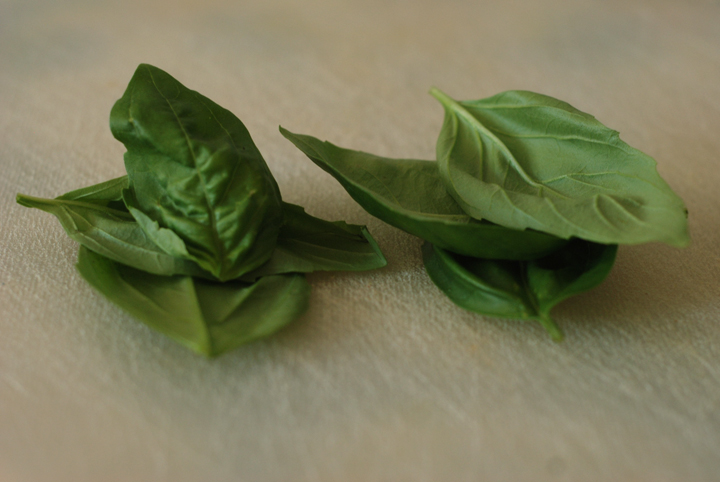
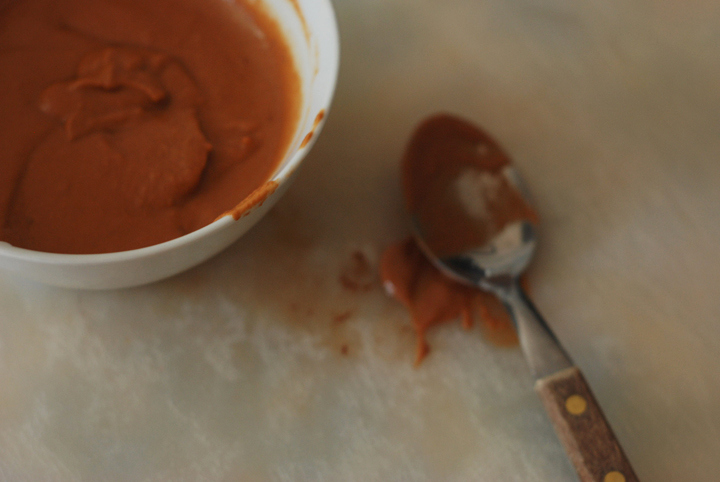
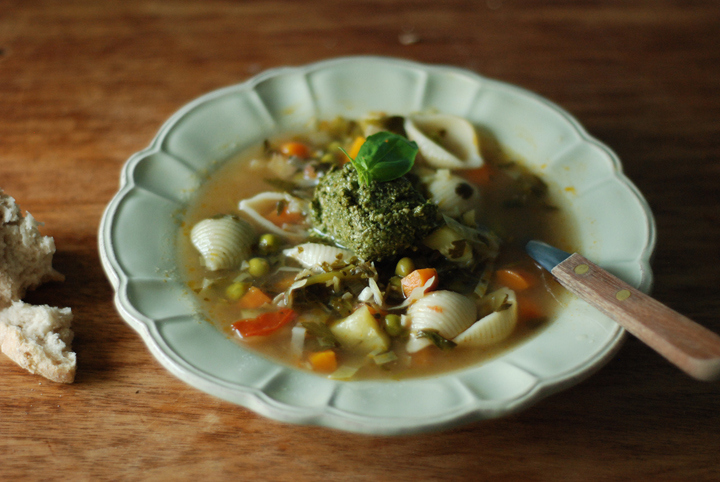
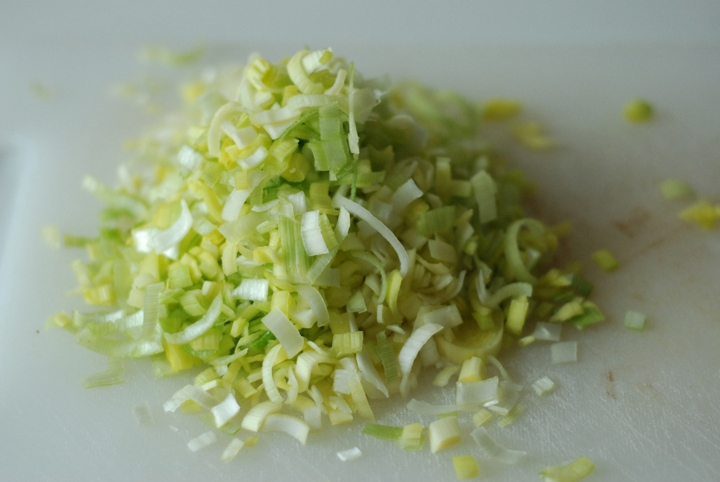
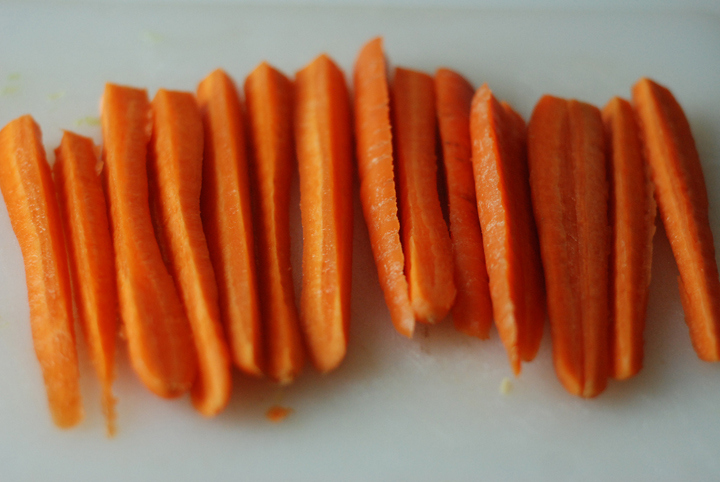

4 comments